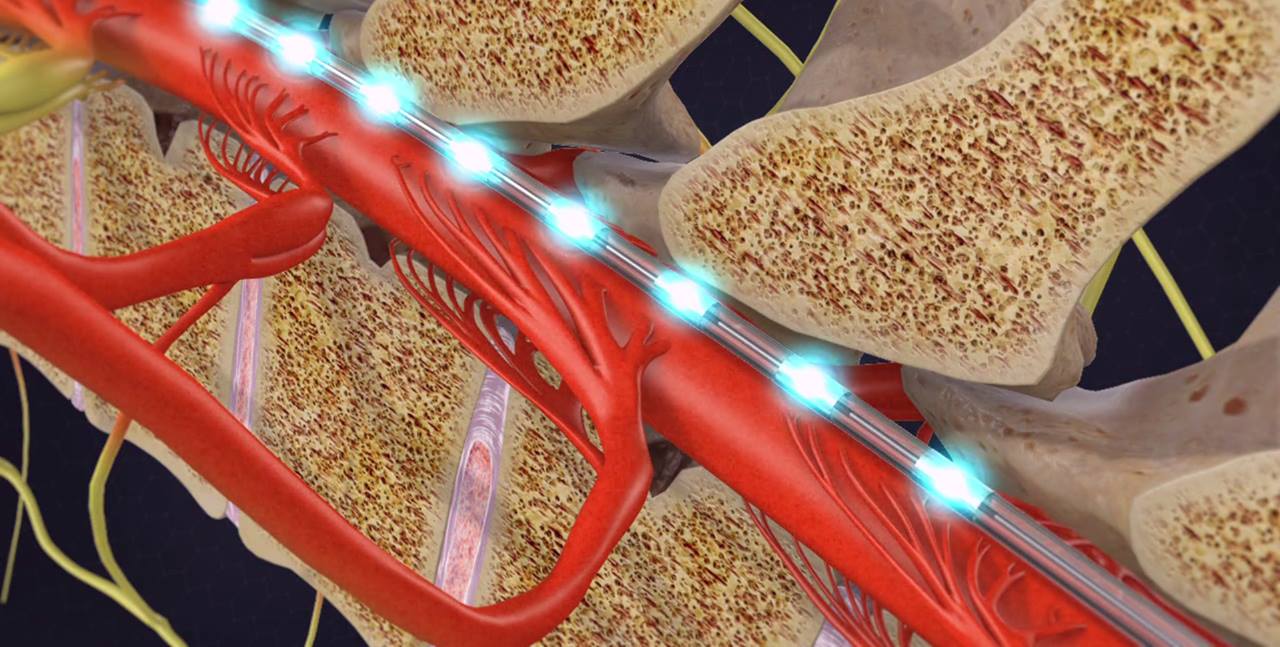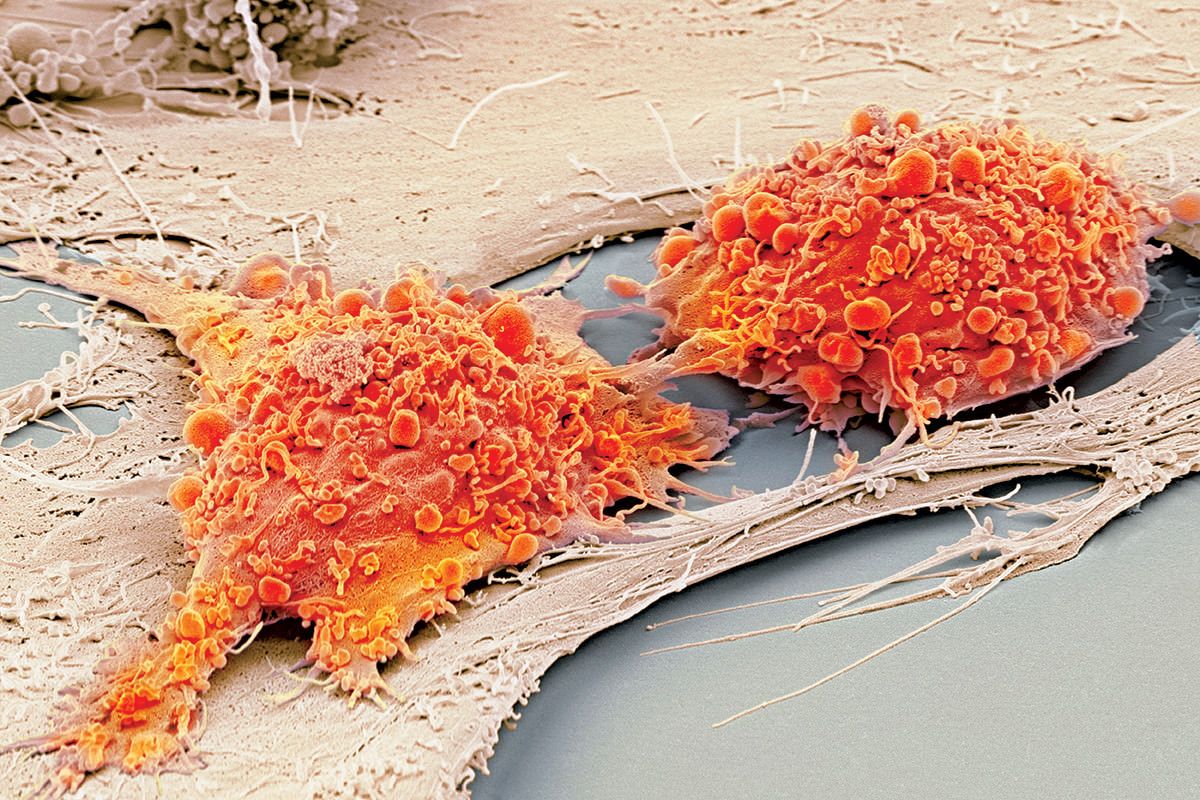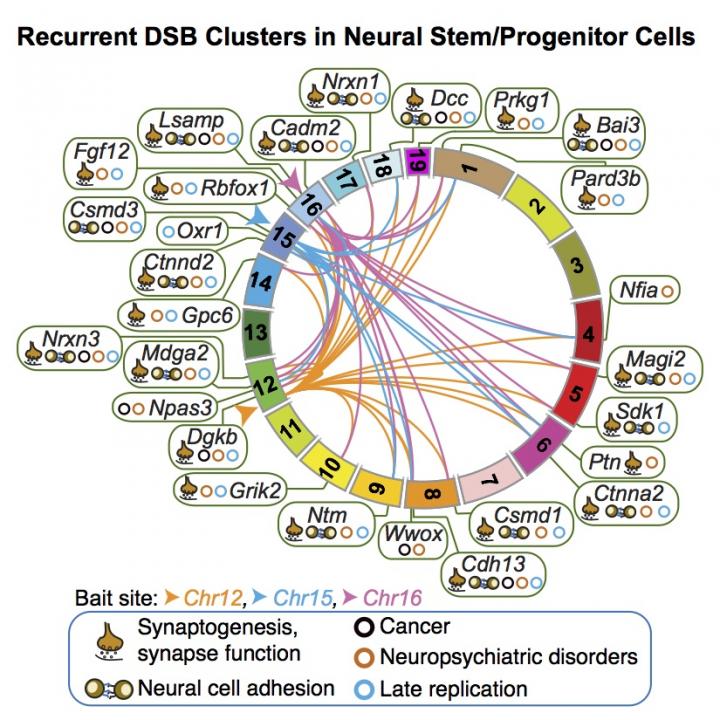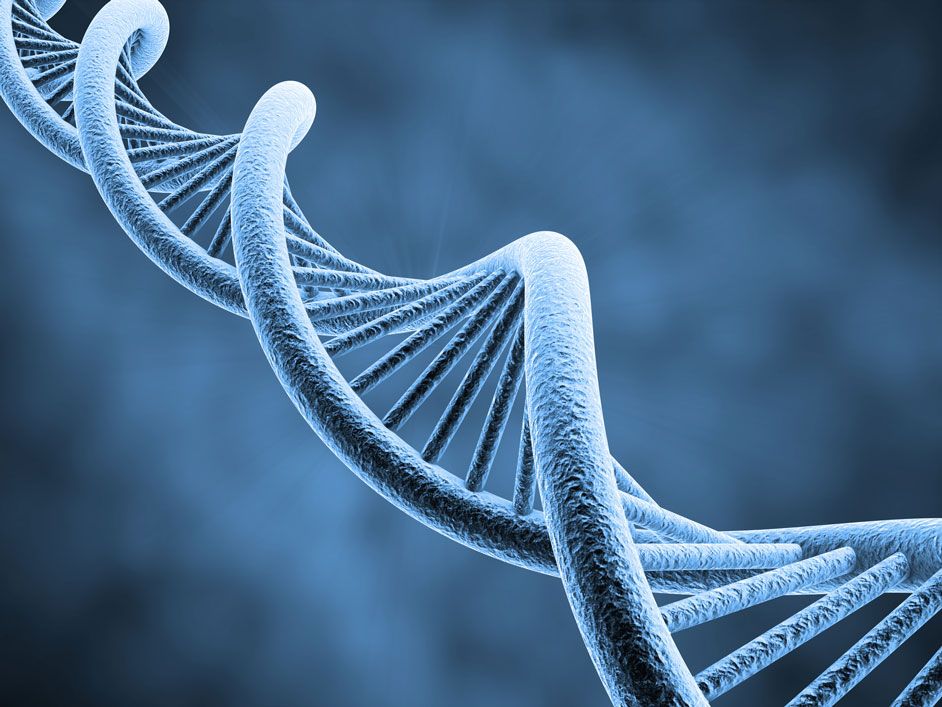Feb 12, 2016
Medical devices begin to harness wireless technology
Posted by Karen Hurst in categories: biotech/medical, internet
Medical devices are becoming the latest equipment to utilize the Internet to collect data and to send alerts. Here ‘smart inhalers’ are leading the way, with the first commercial units expected within a year. We take a look at the latest developments.


















